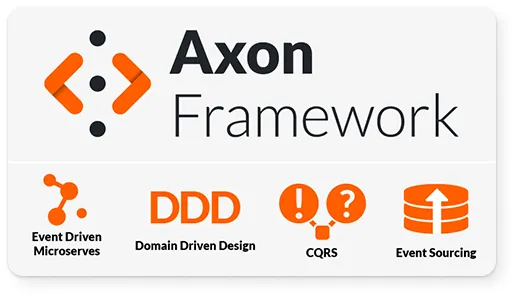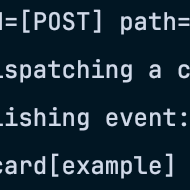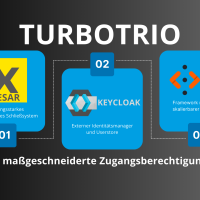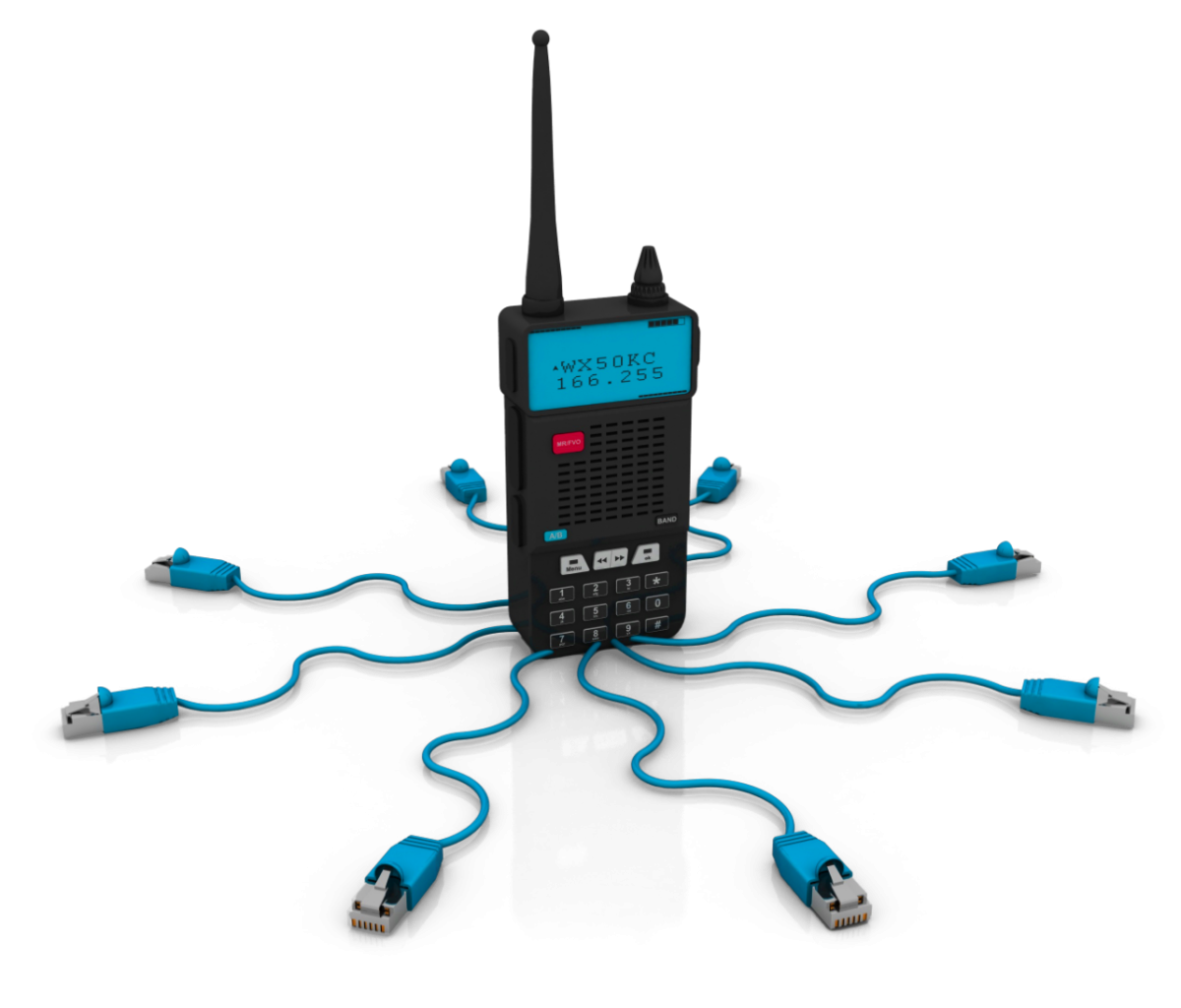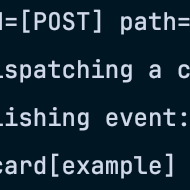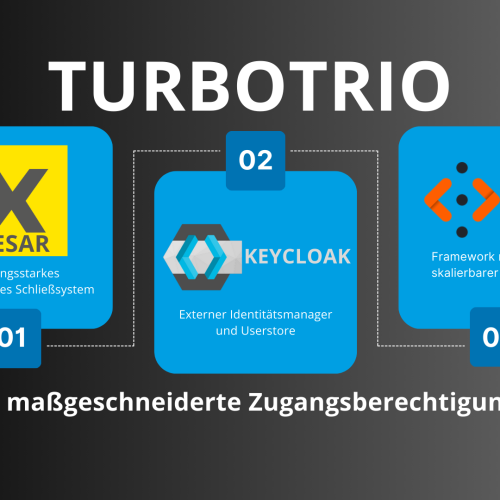A software project must be well thought out and designed, and often traditional frameworks struggle with complexity and scalability in distributed systems. Over the years the requirements have increased and today most of our projects rely on AxonIQ, a specialized and comprehensive solution for enterprise applications.
With high scalability and performance in mind, AxonIQ is built on the principles of CQRS (Command Query Responsibility Segregation) and Event Sourcing. If you are not familiar with the basic concepts of event-driven architecture, you are welcome to watch this video:
- Simplicity through CQRS and Event Sourcing
Axon framework promotes a clear separation of concerns between the command (write) and query (read) sides of an application.
This architectural pattern not only enhances the clarity and maintainability of code but also aligns well with domain-driven design principles.
By adopting Event Sourcing, Axon ensures that changes to application state are captured as a sequence of immutable events, providing a reliable audit trail and simplifying debugging and testing processes.
-
Scalability and Performance
Axon Server is designed to handle the complexities of distributed systems effortlessly. It supports scalable event-driven architectures by providing mechanisms for event processing, distribution, and routing. This capability ensures that applications built on AxonIQ can start with a monolithic architecture and then can scale horizontally to meet increasing demands without sacrificing performance or reliability.
- Domain-Driven Design (DDD) Alignment
Axon framework encourages the adoption of Domain-Driven Design principles, making it easier to model complex domains effectively. By emphasizing the domain model as the heart of the application, AxonIQ helps teams align technical implementations with business requirements, leading to more maintainable and cohesive software systems. This pattern ensures that the product owner is involved right from the start in order to make the right technical decisions.
-
Monitoring and Management Tools
AxonIQ Console, a tool that can be combined with Axon Server, offers built-in monitoring and management tools that enhance operational visibility and control. It provides metrics and insights into application performance, message processing, and system health, enabling proactive monitoring and troubleshooting of issues.
-
Simplified Testing and Debugging
With Event Sourcing at its core, AxonIQ facilitates easier testing and debugging of applications. Developers can replay events to recreate and analyze past application states, which is invaluable for diagnosing issues and ensuring data consistency. Every business application should also ensure that the application is well tested and for that purpose the developers of Axon provides a dedicated package `axon-test` that helps to write unit tests with less effort and less complexity.
- Language-Independent
Axon Synapse enables all applications to access the Axon server via an HTTP interface, regardless of the language. This allows the usage of Axon Server with applications built in Typescript, Python, e.g.
- Event-Driven Microservices
AxonIQ is well-suited for building event-driven microservices architectures. It provides robust support for managing the complexities of event-driven communication patterns between microservices, including event distribution, message routing, and consistency management.
- Community and Ecosystem
Being an open-source framework, AxonIQ benefits from a vibrant community of developers and contributors. This ecosystem fosters collaboration, knowledge sharing, and continuous improvement. The active community ensures that Axon remains up-to-date with evolving best practices and industry standards.
The software developers, enterprise architects and many more people are sharing their experience and knowledge with the framework through regular meetups, yearly conferences and are learning the latest trends from the AxonIQ Academy. The videos from AxonIQ Acadamy are teaching the fundamentals of Event Sourcing, Domain-Driven Design and CQRS concepts and are a good introduction to the framework.
